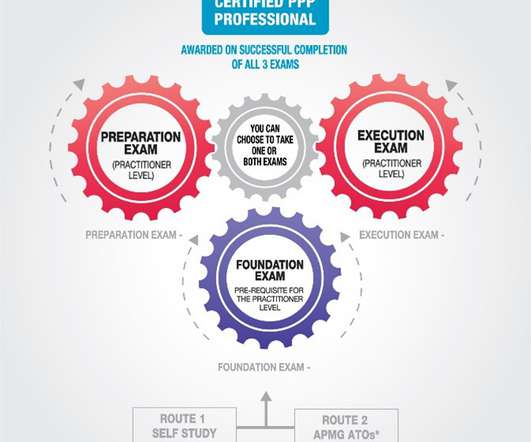Resilient Cities, Sustainable Future: Innovating Infrastructure for the 21st Century
Training ByteSize
JUNE 3, 2024
The Urgency of Sustainable and Resilient Infrastructure By 2050, the world population is expected to reach 9–10 billion, with three billion people entering the middle class. Flexible and adaptive infrastructure options reduce the costs and impacts of encountering climate changes.










Let's personalize your content